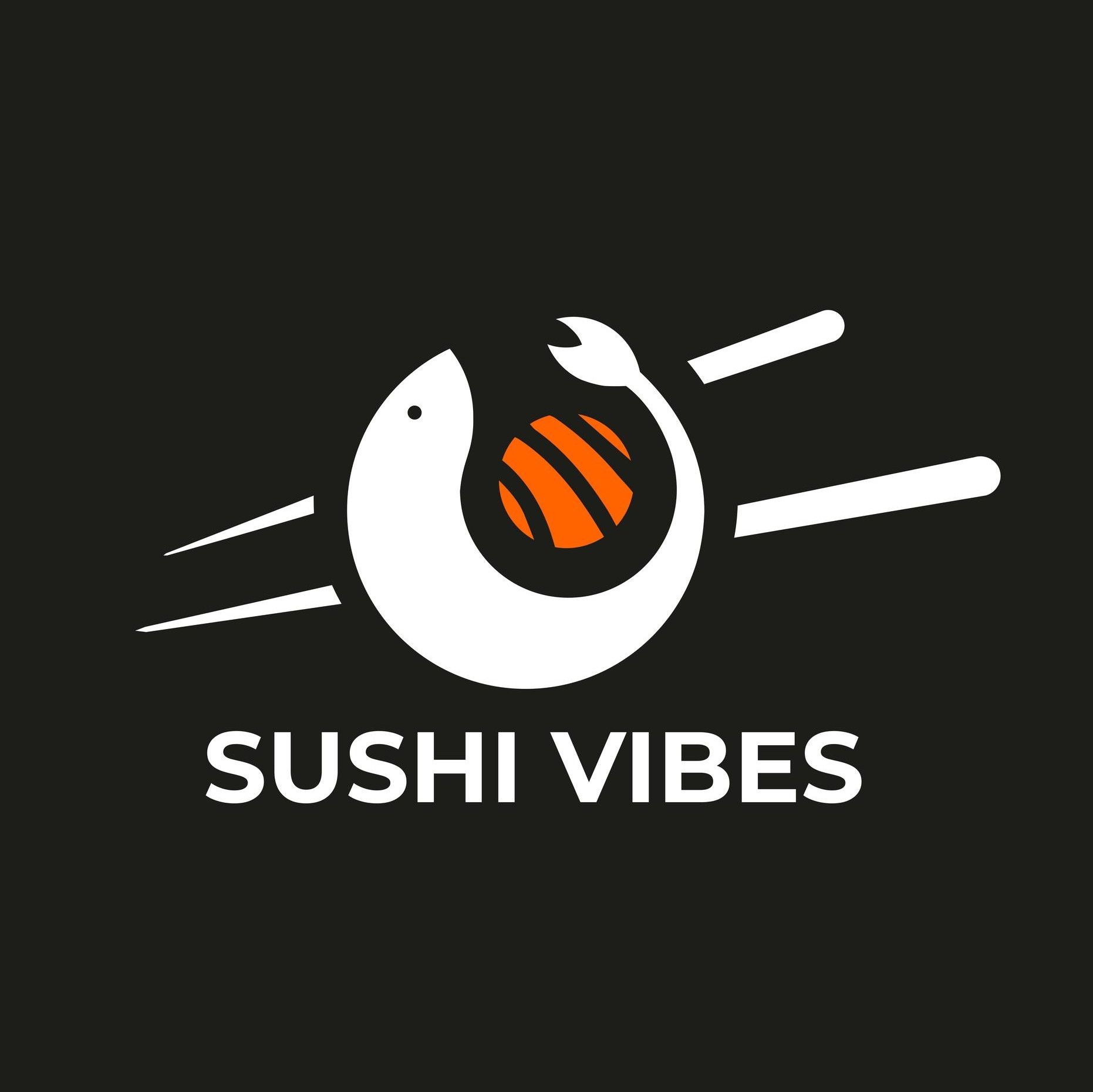Sustainable seafood: our commitment to the oceans
Sustainable seafood is sourced from fisheries and aquaculture practices that maintain healthy fish populations and ecosystems without compromising the needs of future generations. It involves a conscious effort to choose seafood that is caught or farmed in ways that consider the long-term vitality of the species and the well-being of the oceans.
Sustainable fishing practices are crucial for preserving marine biodiversity, supporting the livelihoods of coastal communities, and ensuring a continuous supply of seafood for future generations. By adhering to regulations that prevent overfishing, reduce bycatch, and protect habitats, we can help maintain the balance of our marine ecosystems.
The Impact of Overfishing on Marine Ecosystems
Overfishing has led to the depletion of many fish stocks, disrupting the food chain and causing negative impacts on marine life. This unsustainable practice can lead to the collapse of fish populations, affecting not only the species targeted but also the entire marine environment.
Implementing sustainable seafood practices helps to prevent overfishing, allowing fish populations to recover and thrive. This, in turn, supports the health of the oceans and the diverse species that depend on them.
JANTUR OÜ's Sustainable Seafood Policy
At JANTUR OÜ, we are committed to sourcing only the finest sustainable seafood. Our rigorous selection process ensures that every product we offer meets the highest standards of environmental and social responsibility.
We partner with suppliers who share our commitment to sustainability. These partnerships are built on transparency, traceability, and a mutual dedication to preserving the health of our oceans.
Benefits of Choosing Sustainable Seafood
Choosing sustainable seafood not only supports the environment but also promotes better health. Seafood from sustainable sources is often fresher, less contaminated with pollutants, and rich in essential nutrients.
Opting for sustainable seafood helps protect marine environments and ensures that we have healthy oceans for years to come. It's a choice that benefits both the planet and future generations.
How You Can Make a Difference
As a consumer, you can make informed choices by understanding the meaning behind various seafood labels and certifications. These labels indicate whether the seafood is sustainably sourced and can guide you in making responsible decisions.
By choosing sustainable seafood, you contribute to the demand for responsible fishing and farming practices. This collective effort can lead to significant changes in the industry and help protect our oceans.






Comments (0)